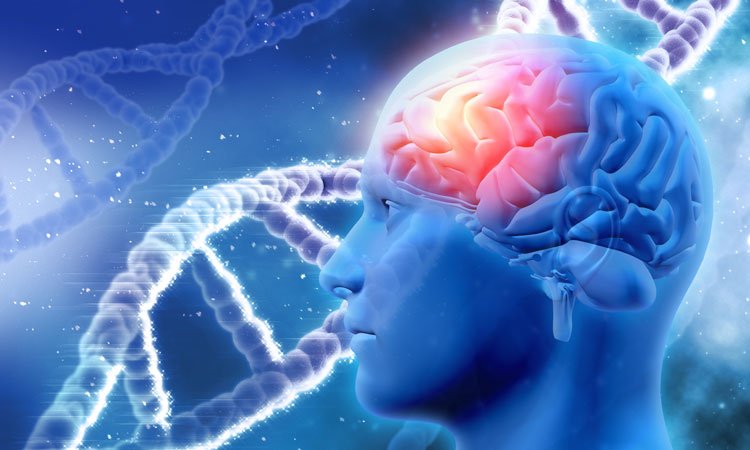Brain cancer model developed to study glioblastoma
Posted: 30 January 2020 | Rachael Harper (Drug Target Review) | No comments yet
Researchers have used stem cells, CRISPR and gene sequencing technology to create the basis of a new brain cancer model that could offer opportunities for drug discovery.


Researchers have created a new type of cancer model using genetically engineered human pluripotent stem cells to study in vivo how glioblastoma, the most common and aggressive form of brain cancer, develops and changes over time. The researchers are from the University of California San Diego School of Medicine, US.
“We have developed stem cell models that are CRISPR-engineered to have tumour-associated driver mutations in glioblastoma, which harbor essentially all features of patient-derived tumours, including extrachromosomal DNA amplification,” said co-senior author Dr Frank B Funari, professor in the Department of Pathology at the University of California San Diego School of Medicine.
“These models, or avatars as we call them, enable us to study human tumour development over long periods in vivo, which has not been feasible with patient-derived tissue samples which already harbour other genetic changes.”
The researchers used CRISPR editing to make precise mutations in an otherwise ‘normal’ genome to create the genetic conditions that enable tumour development. The avatars from this are unique in that they behave like a grade 4 glioma (a fast-growing type of tumour that starts in the glial cells of the brain) in their level of pathology, transcriptome signatures, engineered genetic alterations and evolution of genetic mutations, such as the emergence of extrachromosomal DNA and chromosomal rearrangements.
“The addition of single-cell RNA sequencing and computational tools enabled efficient analysis of big data to truly evaluate the surprising intra-tumour heterogeneity present in our avatars which replicates what is seen in patients samples,” said co-senior author Dr Gene W Yeo, professor in the Department of Cellular and Molecular Medicine and the Institute for Genomic Medicine at the University of California San Diego.
“We can now test which mutations predicted by cancer genome projects are truly tumour-driving and how they become invasive,” added Yeo. “More importantly, these cancer avatars provide systematic, well-controlled opportunities for drug discovery.”
This avatar mimics the intra-tumour heterogeneity observed in people, making it a good option for detailed examination of tumour evolution and searching for therapeutic vulnerabilities based on driver genetics, Furnari said.
“Next steps include screening drugs, testing other mutations in adult and pediatric brain tumours as well as to evaluate if these approaches can model tumours in other tissues, such as the pancreas and lung,” said Furnari.
The researchers reported their results in Nature Communications.
Related topics
Analysis, Big Data, CRISPR, DNA, Genomics, In Vivo, Organoids, Research & Development, Stem Cells, Technology, Therapeutics
Related conditions
Brain cancer
Related organisations
University of California San Diego School of Medicine
Related people
Frank B Funari PhD, Gene W Yeo PhD


